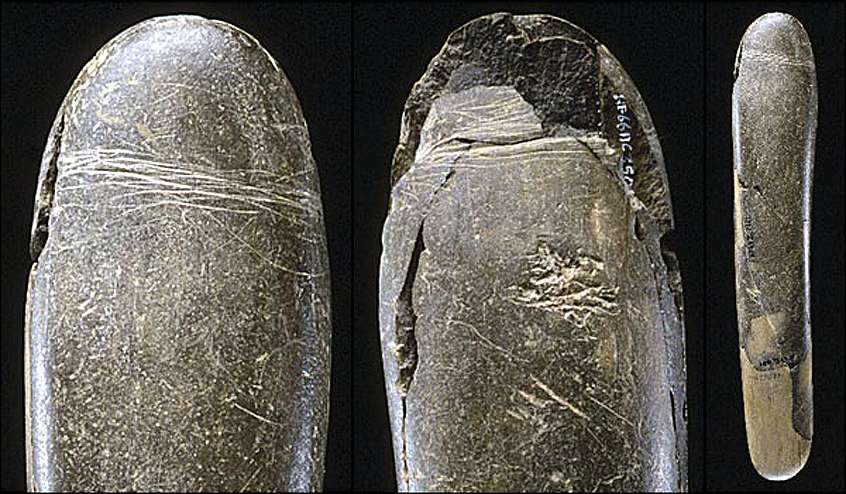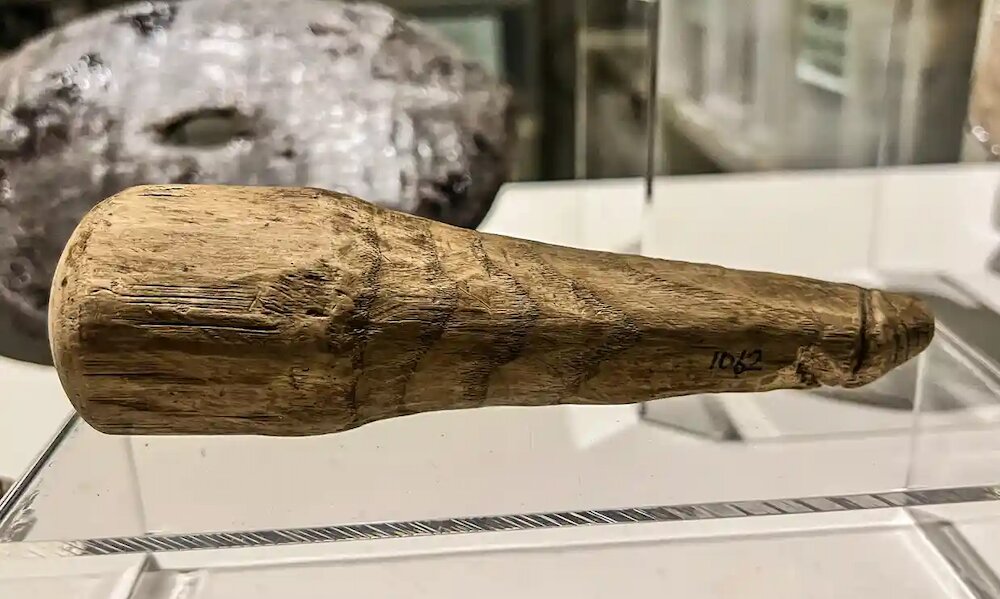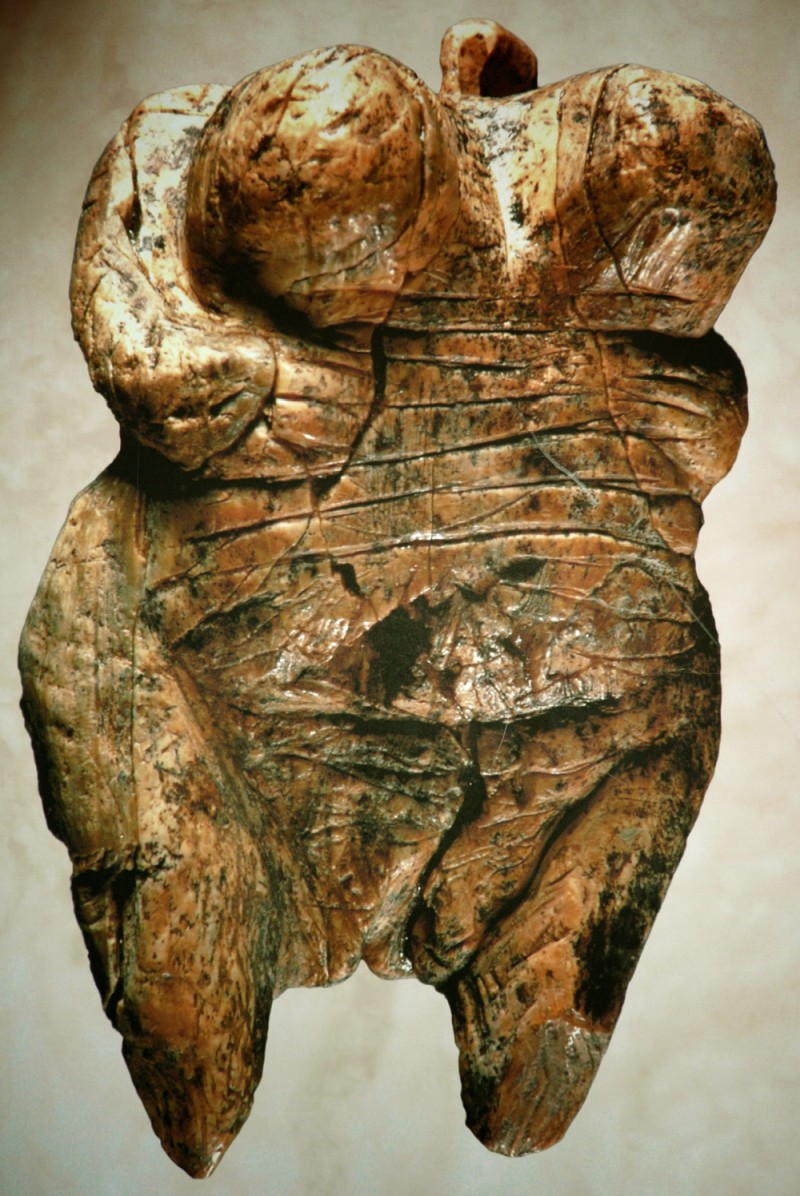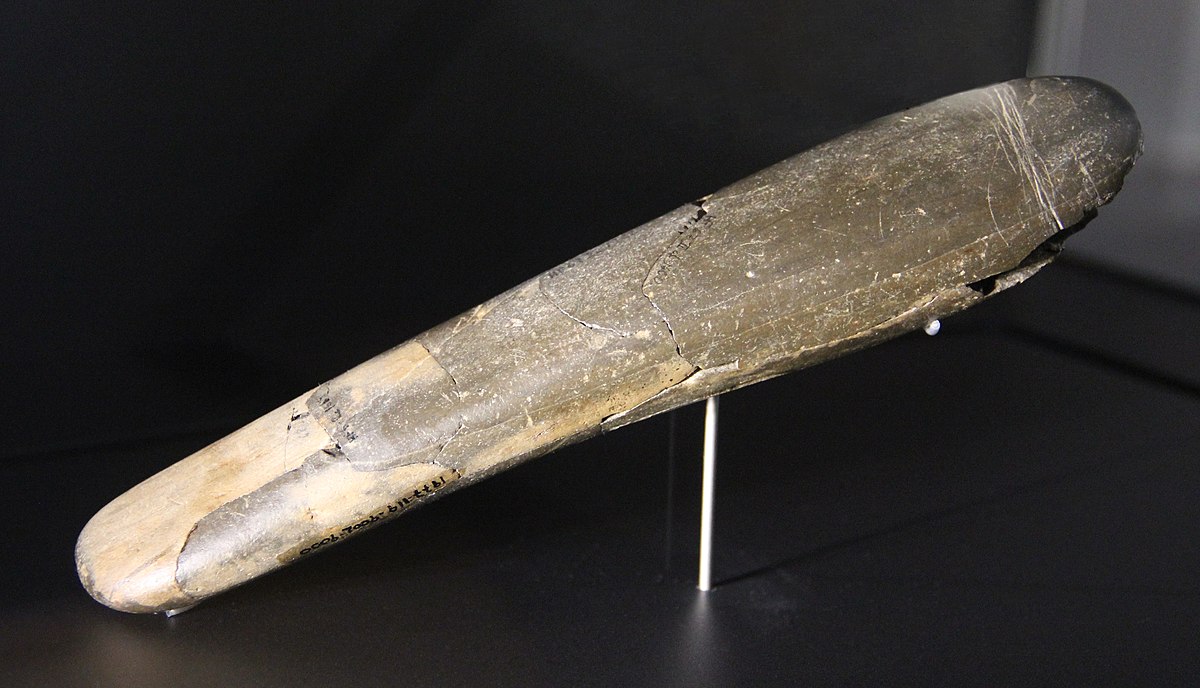Researchers claim that a sculpted and refined male phallus discovered in a German cave stands as one of the earliest depictions of male 𝑠e𝑥uality ever found.
 A Stone Age symbol of male 𝑠e𝑥uality. Image credit: J. Liptak/Museum Of Prehistory Blaubeuren
A Stone Age symbol of male 𝑠e𝑥uality. Image credit: J. Liptak/Museum Of Prehistory Blaubeuren
The Hohle Fels phallus is a remarkable artifact that was discovered in a cave in Germany in 2005. It is a piece of stone carved to look like a penis that is about 28,000 years old, making it one of the earliest representations of male 𝑠e𝑥uality ever uncovered.

The phallus was found in the Hohle Fels Cave near Ulm in the Swabian Jura, a region that has yielded many important archaeological finds dating from the Upper Paleolithic period. The cave is part of the UNESCO World Heritage Site Caves and Ice Age Art in the Swabian Jura, which showcases some of the oldest examples of prehistoric art and musical instruments ever discovered.
 The Venus of Hohle Fels, discovered in 2008. Dated to about 35,000 to 40,000 years ago, it is the earliest known Venus figurine and the earliest undisputed example of expressly human figurative art. Image credit: Ramessos
The Venus of Hohle Fels, discovered in 2008. Dated to about 35,000 to 40,000 years ago, it is the earliest known Venus figurine and the earliest undisputed example of expressly human figurative art. Image credit: Ramessos
The phallus measures 20 cm long and 3 cm wide, and is made of siltstone, a fine-grained sedimentary rock. It was reassembled from 14 fragments that were recovered from a well-dated ash layer in the cave complex associated with the activities of modern humans. Its life size suggests it may well have been used as a 𝑠e𝑥 aid by its Ice Age makers, the scientists report.
The object has a distinctive form and etched rings around one end, indicating that it was not only a symbolic representation of male genitalia, but also a functional tool that was used for knapping flints, as evidenced by some scars on its surface.
 The 28,000-year-old Hohle Fels phallus on display at the Museum Of Prehistory Blaubeuren. Image credit: Hannes Wiedmann
The 28,000-year-old Hohle Fels phallus on display at the Museum Of Prehistory Blaubeuren. Image credit: Hannes Wiedmann
The Hohle Fels phallus is a rare and valuable find, as male representations are very uncommon in the archaeological record of this time period. Female representations with highly accentuated 𝑠e𝑥ual attributes, such as the Venus figurines, are much more frequent and widespread at many sites across Europe and Asia. The Hohle Fels phallus suggests that male 𝑠e𝑥uality was also an important aspect of the cultural and ritual life of the Ice Age people who inhabited the cave.
The Hohle Fels phallus is currently on display at the Blaubeuren Prehistoric Museum near Ulm, where visitors can admire this unique and fascinating piece of human history.





